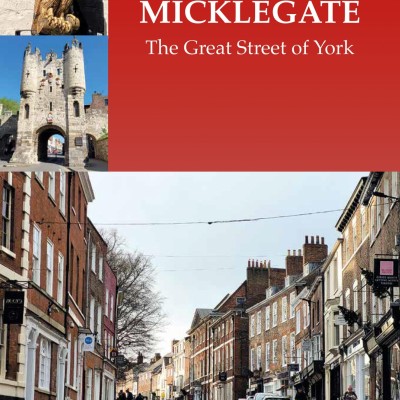29th August 2024
Was there a Roman settlement at Middlethorpe?
There’s a follow up by Simon Batchelor to our recent blogpost on the Terry’s site, with some intriguing research
Hopefully many of you will have read the report written by John Stevens and Mave Morris about their investigations into the history of the Terry’s factory site. They mentioned my research about a small Roman settlement possibly existing in this area.
Terry's site lies on high, relatively well drained land (part of the glacial moraine) two km to the south of the city of York. To the west lies the Knavesmire, which was 2,000 years ago a seasonal, shallow lake, and to the east lies the River Ouse, which at the time was bordered by tidal marsh and meadow. Thus we can picture the potential occupation area as a narrow spine of land extending along a north/south axis, a landscape which mirrors that on the western side of the Knavesmire where we find the 2nd century Roman settlement of Dringhouses.
Dringhouses possesses one very obvious characteristic of Roman presence, namely a road. The road to Tadcaster was designated road 10 by the Royal Commission for Historic Monuments and was the only road that they identified on the SW side of the river Ouse, heading south. Although historians thought that a road might exist which roughly aligned to Bishopthorpe Road, it was believed that it was likely to be a minor one.
So do we have a Roman road? And if so where is it and where does it go?




